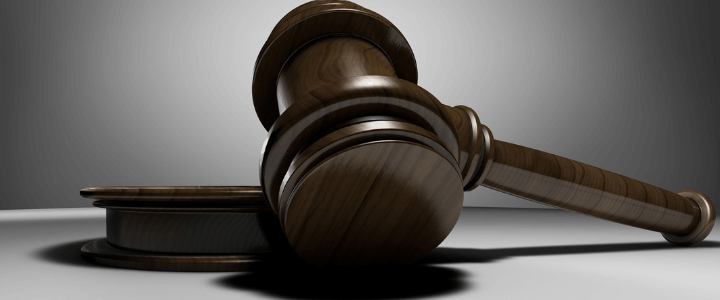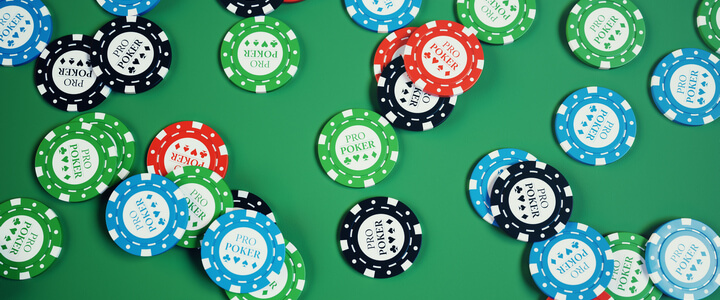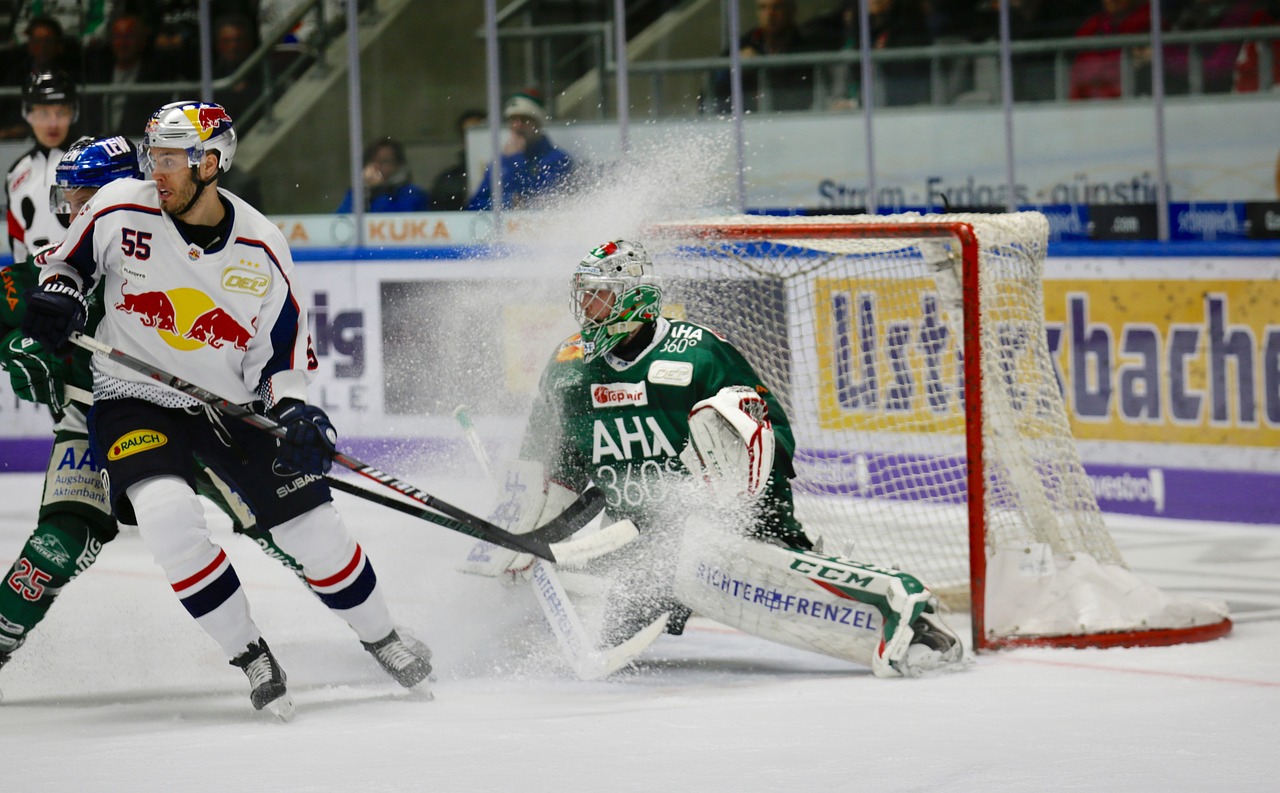What Can We Learn About Coffee from Labels?
Although many times unnoticed, labels can provide important information.

The world is hooked on coffee. It appears that 500 billion cups of coffee are drank each year, of which 400 million cups are consumed daily in the US and 70 million in the UK. If we take into account the number of people who depend on this beverage to wake them up in the morning, we can safely assume that coffee consumption will not decrease in the foreseeable future.
Getting the coffee taste right is almost an art. Specially coffee growers and roasters put a lot of effort into cultivating coffee plants, properly, picking the beans, roasting and brewing them with a commercial coffee machine. The aim is to retain the right amount of oil acidity and other aspects that make their coffee delicious and recognizable. It’s an arduous process, but the result is rewarding not only to producers, but also to millions of consumers.
An important step in coffee production that comes after preparation and before coffee reaching the stores and consumers is – coffee labeling. Laws and regulations on coffee labeling differ from country to country, but mandatory labeling requirements are generally the same or very similar. For example, the United States mandatory coffee labeling requirements prescribed by the Food and Drug Administration are similar to those in the UK (regulated by the European Commission and the Food Standards Agency), as seen below:
United States: Mandatory Pre-Packaged Coffee Labeling
- Name of the product
- Net quantity
- List of ingredients (unless it’s a single ingredient food)
- Name and address of the manufacturer, packager, or seller established in the US.+
United Kingdom: Mandatory Pre-Packaged Coffee Labeling
- Name of the product
- Net quantity
- List of ingredients (unless it’s a single ingredient food)
- Name and address of the manufacturer, packager, or seller established in the EU.
- Best before date
- Special conditions for storage or use
- Place of origin
- The lot number
However, coffee producers choose to display more information on their labels than what is required by food regulating agencies. With consumers in mind, they understand how important it is to provide as much details as possible about the coffee species (Arabica or Robusta), type of roast (light, medium, medium-dark or dark), whether it is certified organic or has some other sustainability certifications that could attract environmentally-conscious consumers.
What Information Can You Find in Coffee Labels?
The following graphic shows the types of information that can be found on a coffee label and explains what they mean. For example, coffee labels can communicate the region and altitude of the coffee plantation (the higher the altitude, the better quality of coffee beans), that it’s freshly roasted and premium quality, that direct trade has been established between growers and roasters, etc.
The information in the graphic can be useful both to people who are stepping into the coffee roasting business, and consumers who are interested in more than just what their coffee tastes like.
















